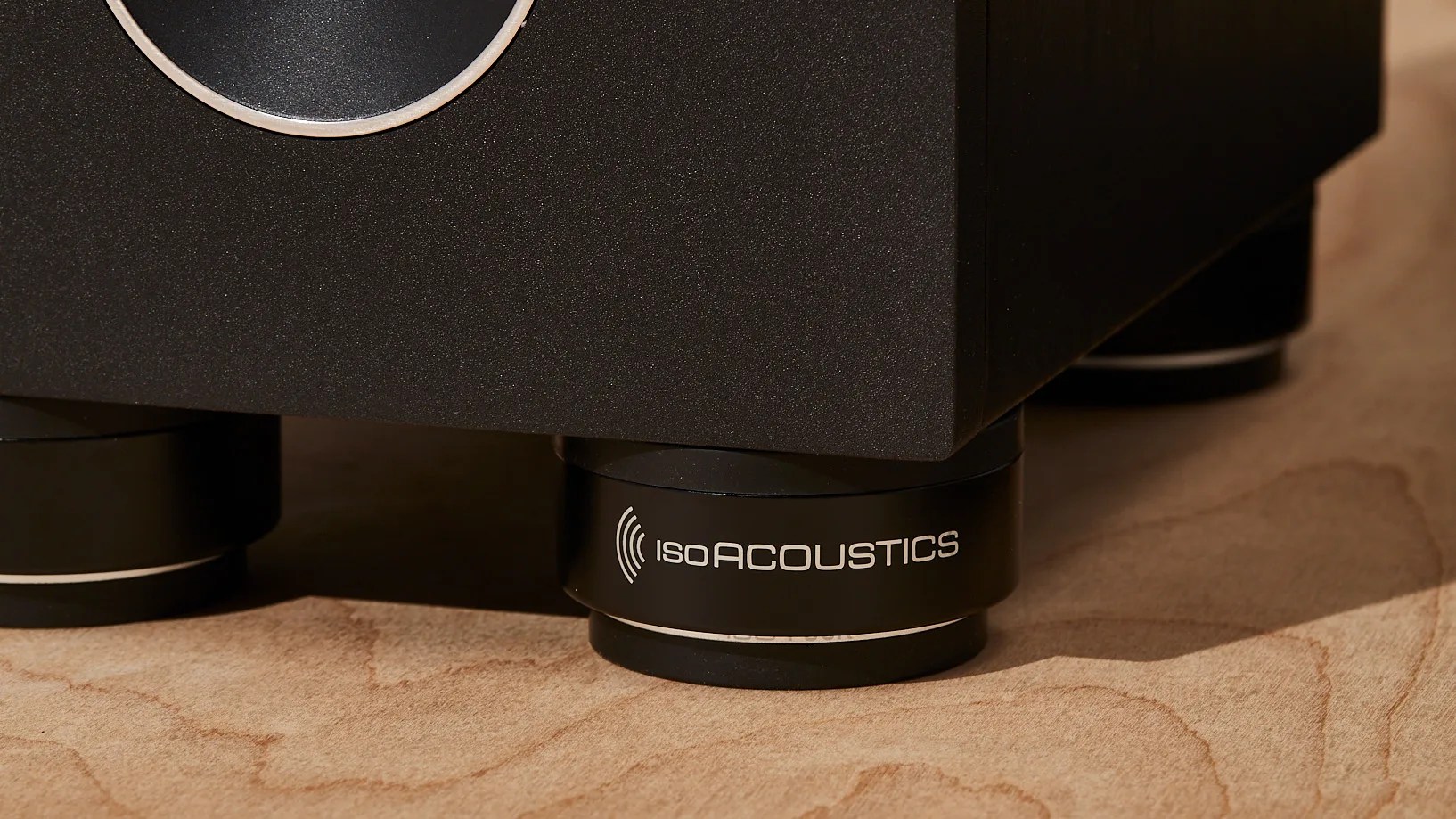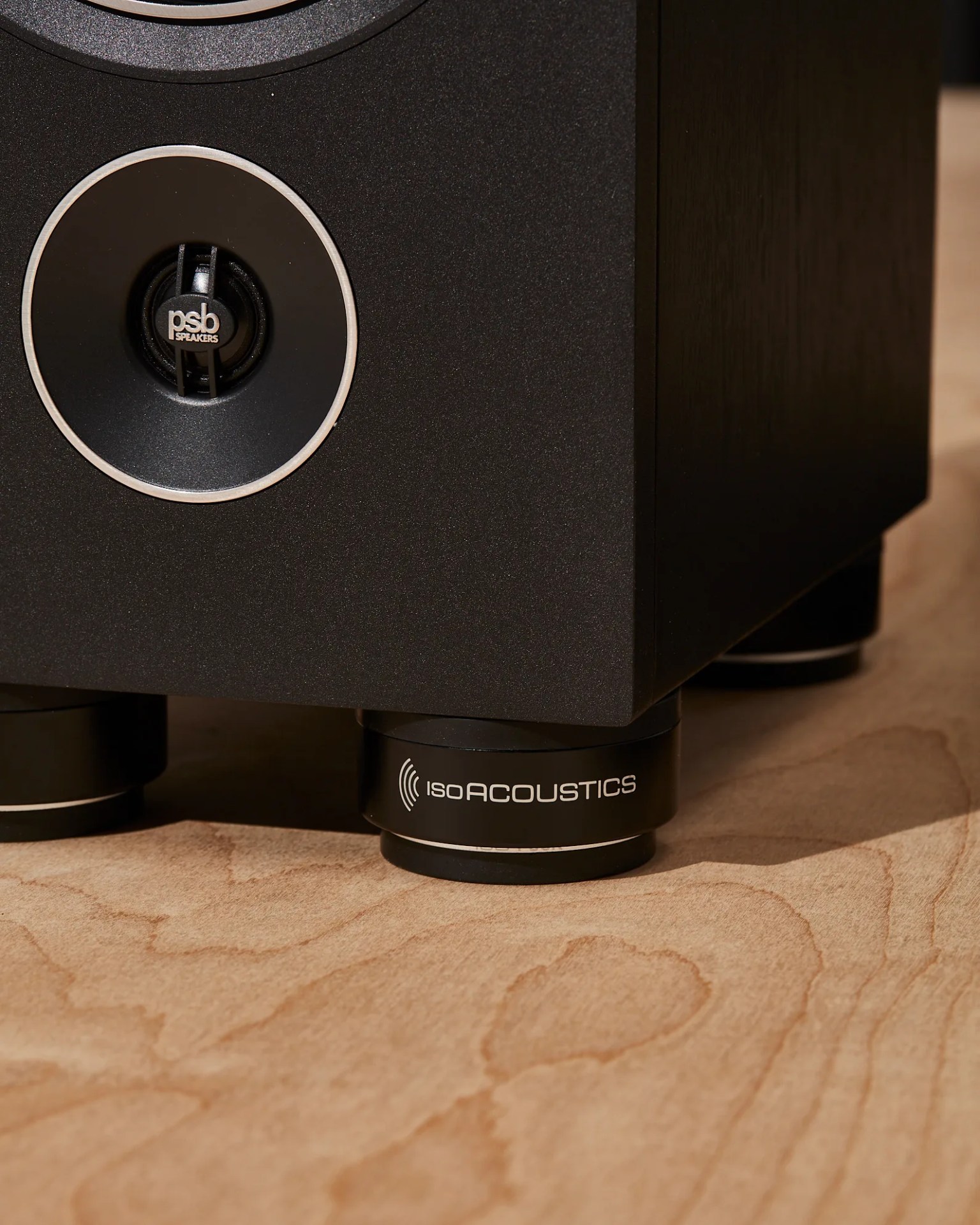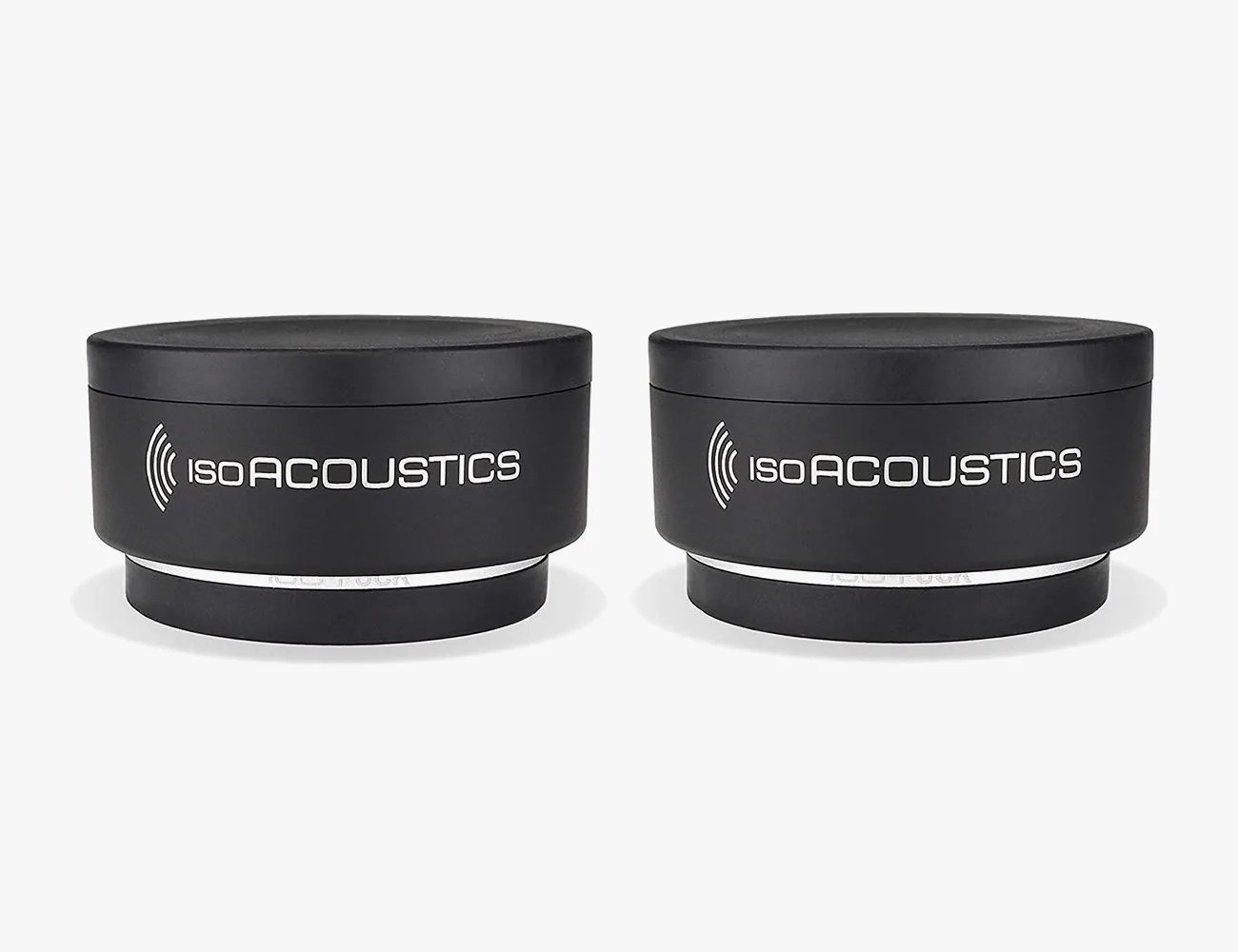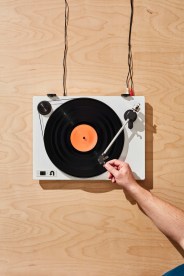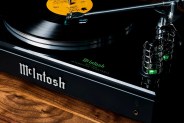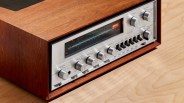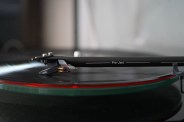Vibrations are one of audio’s biggest enemies. They add noise (a.k.a. distortion) to the signal path, leading to a less detailed sound overall. In other words, if the surface where you turntable, speakers or other audio components are placed vibrates, your system won’t sound good.
Good vibrations
Ironically, vibrations are also integral to hi-fi. A loudspeaker must vibrate its drivers to produce sound waves, for example. And a turntable’s stylus needs vibrations from the record grooves to create a signal. But you want the component — be it the speakers or turntable — to be as still as possible. This ensures it has complete control of the vibrations it creates.
The best hi-fi systems are the ones that can preserve the audio signal without letting unwanted vibrations interfere.
The best hi-fi systems are the ones that can preserve the audio signal without letting unwanted vibrations interfere. Each component is integrated with various bracing and absorption technologies to do this — one of the most common features you’ll see every hi-fi component have is rubberized feet.
Lay some rubber
These rubberized feet act as a barrier between the audio component and the surface it’s resting on. It absorbs the vibrations created by the speaker, turntable or other component.
If a speaker is playing loud music, for example, it will naturally shake the table or shelf it’s resting on. That vibrating surface could then cause unwanted vibrations for the rest of the hi-fi system (and even for the speaker itself).
